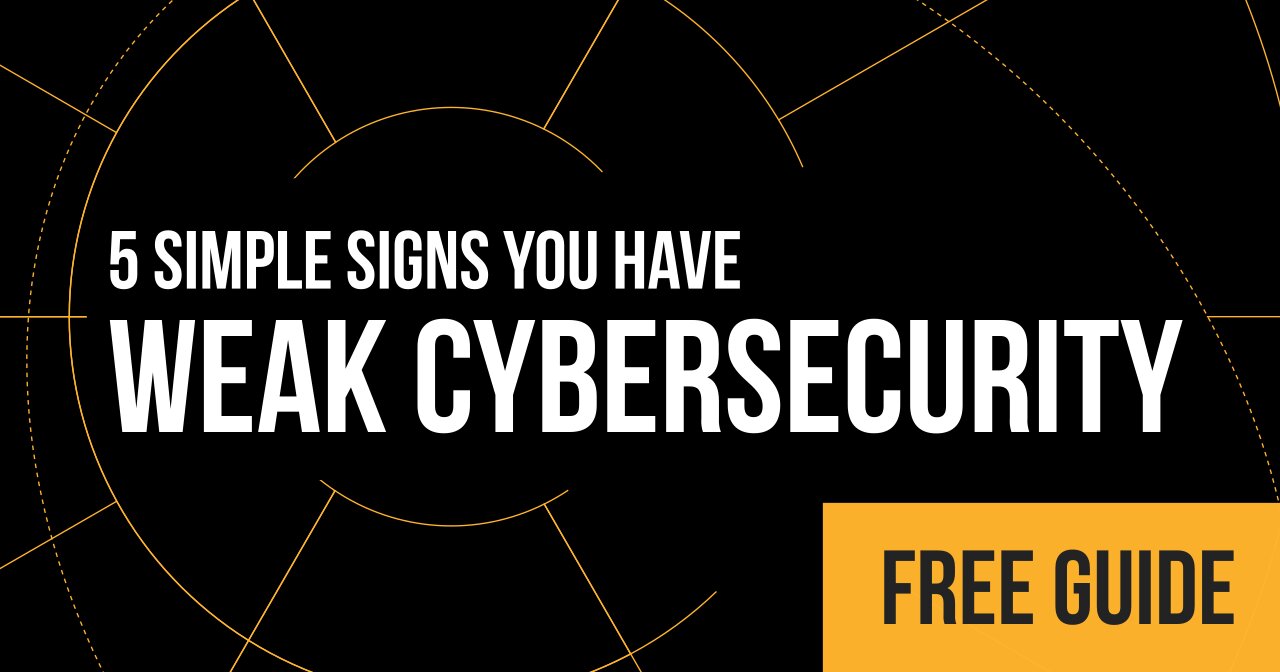
Let’s start with a simple truth: it shouldn’t take eight tries to fix your email.
If it does? You’ve got a problem. And it’s not just a “my computer is slow” kind of problem. It’s a “how many holes are in your security system?” kind of problem.
Red Flags Are Everywhere—If You Know What to Look For
Here’s the scene:
- You get a new computer, and nothing’s set up right.
- It takes days—if not weeks—for someone to respond to your support ticket.
- The server room looks like a spaghetti bomb went off.
- Your brother-in-law is your IT guy. Enough said.
These aren’t just annoyances. These are symptoms. And if the team can’t handle the basics, what are they screwing up behind the scenes?
Because here’s the thing: simple tasks are the tip of the iceberg. Beneath the surface are the technical controls that protect your business from hackers, lawsuits, and public humiliation. And if the tip is sloppy? You better believe the iceberg is melting.
Your Real Risk Isn’t That They’re Slow—It’s That You Can’t Prove You’re Safe
You’re not really secure unless you can prove it in court. Yeah. Read that again.
Security is no longer just about stopping the bad guys. It’s about being able to show a judge, an auditor, or a customer that you did everything you were supposed to do. And you need more than promises. You need evidence.
That means:
- A third-party audit every 90 days.
- Documentation showing you reviewed the results.
- Notes from meetings where your executive team talked through risks and fixes.
- Evidence that patches were applied, drives encrypted, MFA enforced.
Because when a breach happens—and it will—the lawsuits come next. And if you’re standing there without paperwork to prove you weren’t negligent? You’ll get shredded.
The Magic Words Are “Third-Party Cybersecurity Assessment”
Ever had a third-party penetration test done? If not, schedule one. Yesterday.
That test doesn’t just tell you where your vulnerabilities are—it gives you proof that someone looked. A good one will show if you’re missing patches, if your data isn’t encrypted, if your firewall is just a fancy blinking light doing nothing. (We’ve seen that, by the way. Multiple times.)
And when you get that report? Don’t file it away. Sit down with your team. Talk through it. Capture the notes. Turn that into a board-level conversation. Because that’s what smart companies do—they prepare for war before the breach happens.
Can You Produce 100+ Pages of Evidence to Prove You Were Secure?
If you can’t, you’ve got a huge cyber security gap that needs fixing. And here’s the brutal truth: it’s not just a technical risk—it’s a business risk. A financial risk. A legal risk. A reputational risk.
So here’s your call to action:
- Schedule a third-party security assessment.
- Review the results with your leadership team.
- Document the meeting and the action items.
- Repeat every 90 days.
That’s what good looks like. The next time someone tries to convince you that a “slow help desk” isn’t a big deal, ask them this:
“If they can’t set up a computer right, what makes you think they’re documenting your security controls correctly?”
At the end of the day, it’s not about the ticket. It’s about your security—and defending your life’s work.



